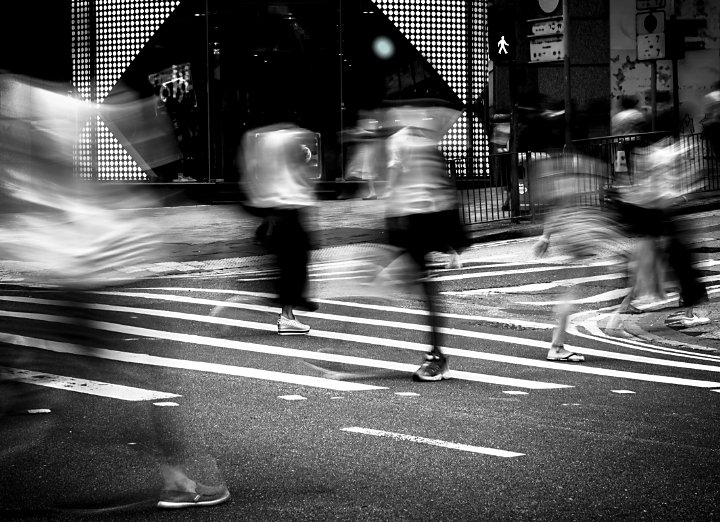Indicators on Framing Streets You Should Know
Indicators on Framing Streets You Should Know
Blog Article
The Definitive Guide for Framing Streets
Table of ContentsSome Known Details About Framing Streets The 9-Second Trick For Framing StreetsGet This Report about Framing Streets6 Simple Techniques For Framing Streets

Both at the Museum of Modern Art (Mo, MA). Inspired by Frank, in the 1960s Garry Winogrand, Lee Friedlander and Joel Meyerowitz started photographing on the roads of New York. Phil Coomes, creating for BBC News in 2013, stated "For those of us thinking about street photography there are a couple of names that attract attention and one of those is Garry Winogrand"; critic Sean O'Hagan, composing in in 2014, stated "In the 1960s and 70s, he specified street photography as a perspective as well as a design and it has laboured in his darkness since, so clear-cut are his pictures of New York." Going back to the UK in 1965 from the US where he had actually fulfilled Winogrand and taken on road digital photography, Tony Ray-Jones turned a wry eye on frequently unique collections of British people on their vacations or joining celebrations.
Road digital photography is a large style that can be specified in many means, yet it is often characterized by the spontaneous catching of an unrepeatable, fleeting moment, often of the day-to-day going-ons of complete strangers. It is typically fired with broader angle lenses (e. g. 35mm) and typically features city atmospheres.
The Buzz on Framing Streets
Docudrama professional photographers usually have a defined, conscious message and an objective to record certain occasions in background (https://profile.hatena.ne.jp/framingstreets1/). The gamut of the documentary technique incorporates aspects of journalism, art, education and learning, sociology and background. In social examination, docudrama pictures are often intended to provoke, or to highlight the requirement for, societal modification
Street photography is usually viewed as unposed and candid, yet there are a few road professional photographers who interact with unfamiliar people on the streets and take their pictures. Street pictures are unintended portraits taken of complete strangers while out doing street digital photography, however they are viewed as postured because there is interaction with the topic.
Photographing people and places in public is legal in many countries protecting flexibility of expression and journalistic freedom. There are normally limitations on how photos of people may be utilized and most nations have details laws regarding people's privacy.
Framing Streets for Beginners
While the common-law districts comply with the United Kingdom, with respect to the freedom to take pictures in a public location, Quebec legislation supplies that, in most situations, their publication can take place just with the approval of the topics therein. The European Union's Person Civil liberty Act 1998, which all EU nations have to promote in their domestic regulation, establishes in a right to privacy. Of liberty of expression. While also restricting photography in order to protect personal privacy legal rights, road photography can still be lawful in France when sought as an art kind under specific situations.

. that just roamed into a scene), or that are not also recognizable in the photo. https://profile.hatena.ne.jp/framingstreets1/. It additionally does not usually expand to people that are somebodies (e. g - Best Zoom Lens. political leaders or celebs). If a picture is taken into consideration art, the courts will likewise think about the professional photographer's freedom of artistic expression; implying that "artistic" road digital photography can still be legally released in certain instances
Not known Details About Framing Streets
In Greece the right to take photographs and publish them or sell licensing legal rights over them as great art or editorial material is safeguarded by the Constitution of Greece (Article 14 and various other articles) and cost-free speech regulations as well as by instance legislation and lawful cases. Photographing the authorities and publishing the photographs is also legal.
In Hungary, from like it 15 March 2014 any person taking pictures is practically breaking the legislation if somebody wanders right into shot, under a new civil code that forbids taking images without the approval of everybody in the photograph - vivian maier. This expands the law on authorization to consist of the taking of pictures, in addition to their publication
'Hidden photography' (kakushidori hidden, surreptitious digital photography) 'stolen digital photography' (nusumitori without intention of obtaining authorization) and "rapid digital photography' (hayayori before authorization and rejection can be given) are prohibited unless in the previous authorization is gotten from the subject immediately after taking the image. People have civil liberties to their pictures (shzken, droit de photo).
Report this page